The Best Amateur Photography Websites in 2026
If you’re passionate about photography, then you know that learning and practicing your skills is essential to becoming a better photographer. And what better way to learn and practice than by browsing some of the best amateur photography websites out there? In this article, we’ll discuss 10 of the best amateur photography websites and provide a few tips on how to get the most out of them. So if you’re interested in learning more about photography or improving your skills, keep reading!
The Best 6 Amateur Photography Websites to Submit Photos To
Here’s our list of the best websites photographers should consider when submitting photos.
1. SmugMug
SmugMug's main strength lies in the vast degree of customizable features. Content is always king. Smugmug allows you to add a personalised flair to your portfolio. This way, you can express your individual style and stand out from the crowd.
SmugMug has over 70 themes, an easy user interface, and high-resolution, full-screen photo display options. There's almost an endless array of ways to organize your portfolio.
The site is also strong on its wealth of sharing functions. For every photo or text section on your profile, you can get a custom URL that clicks through directly to a “buy” page.
You can also get a link for each photo you upload to that will let you embed it into any of your other blogs or websites.
Make sure to publish Smugmug content on your Google+ profile. It'll help build what Google calls your “author profile.” This will boost your credibility when people search for you on Google.
<img class=”aligncenter wp-image-378326 size-full” src=”https://cdn.expertphotography.com/wp-content/uploads/2020/07/best-photography-websites-for-amateurs-smugmug.png” alt=”A screenshot of Smugmug photography website” width=”700″ height=”319″ />
2. 500px
Like SmugMug, 500px's user interface is accessible and allows for high-resolution photo displays.
500px may offer less customizable features. But it is a popular networking tool amongst professionals.
Thanks to its new networking features, you can stay up to date about your competition as well.
This transparency is not to be underestimated. You've got unlimited access to what your competition is doing and how people react to their work.
You can see what's popular and what products people want to buy. You can also identify gaps in what's being produced.
Plus, the site lets you directly get in touch with others. You can reach out and introduce yourself to other photographers. Or get in touch with someone you may want to work with.
Perhaps they have an industry lead you could pursue. Or they have a particular photo that is generating a lot of attention. You can reach out and ask how they took it.
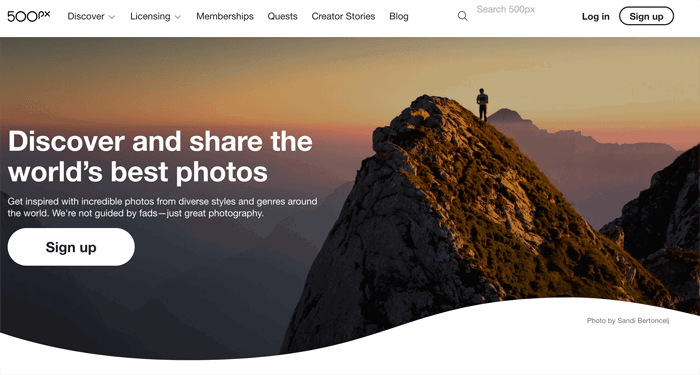
3. SlickPic
SlickPic has similar features to Smugmug and 500px. It is sharable, easy to use, and allows for full-screen photo display that's easy to scroll through.
Again, you're able to make your own customized gallery. You are also able to batch upload your images from a camera phone or email. You can also upload video clips.
SlickPic's secret weapon is the ability to add labels to your page. This might not seem revolutionary. But labels are useful.
People are drawn to things that they're told are popular. You can organize your work with labels like “most popular.” This way, you're directing your audience through your site by showing them that other people want to be there too.
Support this with some clever social media shares (i.e. "Most popular picture on my site this week, what do you think?") and you might go viral.
As with 500px, SlickPic is a very social site. Visit other profiles, comment, and connect with other minds in your industry. Remember that, online, your profile is clickable from everything you do.
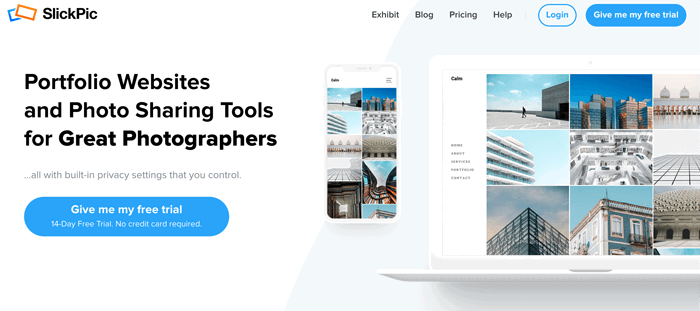
4. Zenfolio
Zenfolio wins awards. It is a website for your photos, a mobile website, and a photoblog. It also allows you to customize your content in many ways. The page designs are minimal and allow easy organization of your pictures.
Zenfolio is unique in the marketing and SEO (search engine optimization) advice it gives you.
When you build a site, Zenfolio automatically submits it to all major search engines. It offers advice on how to organize your page to rank higher.
You can monitor traffic to your page and figure out what kinds of people are looking at your work. From here, you can get crafty in connecting with them.
What's more, Zenfolio allows you to list your profile on Photographer Central, a professional photography directory. From here, new clients can search and contact you directly.
You can add “share” buttons for all your social media profiles on all your pages. Plus, you can set up an e-commerce function on your website and mobile site for up to 500 of your photos.
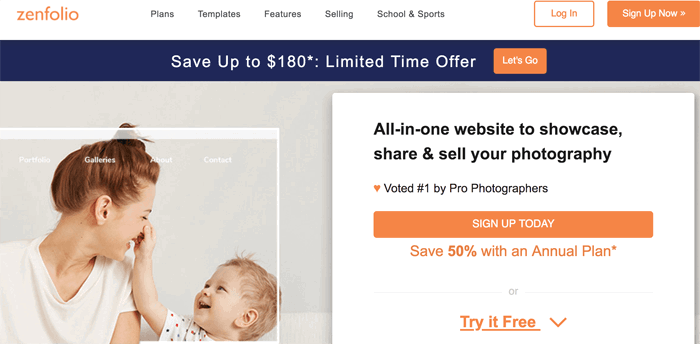
5. jAlbum
jAlbum is more like software than a website. But it is a useful asset in building yourself a profile.
jAlbum lets you present your photos as groups of albums. You can host them on the jAlbum site. Or you can decide to upload them onto any other site on the web.
This is quite useful if you want to pitch a particular photo project or showcase a particular part of your portfolio.
You can add text pages to your jAlbum site. And you can also include a shopping cart function that lets people buy your work.
Like Zenfolio, jAlbum carries a bit of industry prestige. It has been mentioned in key magazines like PhotoPro, Shutterbug and Photo Life.
jAlbum isn’t as strong in network building as 500px or SlickPic. But it is a very strong profile site that lets you get into the nitty-gritty of curating your work as groups of photos and projects. It also allows you to share them easily.
This degree of creative control gives you the tools to showcase your work in a variety of different ways.
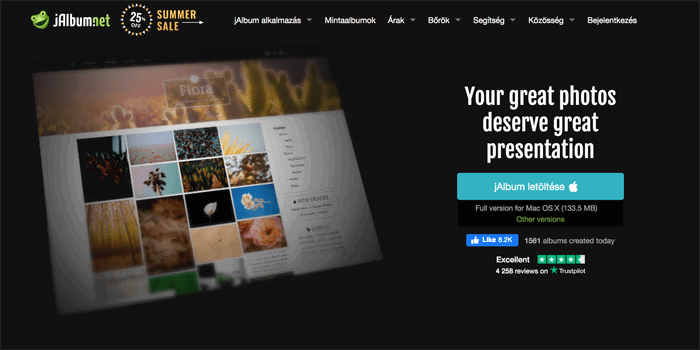
6. Google Photos
The main strength of Google Photos is that it's a Google brainchild, so it can be directly linked to your Google+ account. This is quite useful in making your content rank higher in Google searches.
When you publish content that's linked to your Google+ account, it adds content to your Google author profile. As that grows, Google begins to trust you more as a producer of quality content rather than spam. This way, you'll rank higher in Google searches.
Of course, there's more to ranking higher in Google than using Google Photos. But it's free and will help your case. There's not much of a reason not to use it.
Google Photos leans more towards social photo-sharing than plugging your work in a professional way. But it is a useful additional profile to build and maintain to gain some extra traction.
You can also create high-quality picture collages with customizable color options. You can use these to craft decorative pieces you might use to head a pitch. Or use them as a decorative header for one of your other social media profiles.
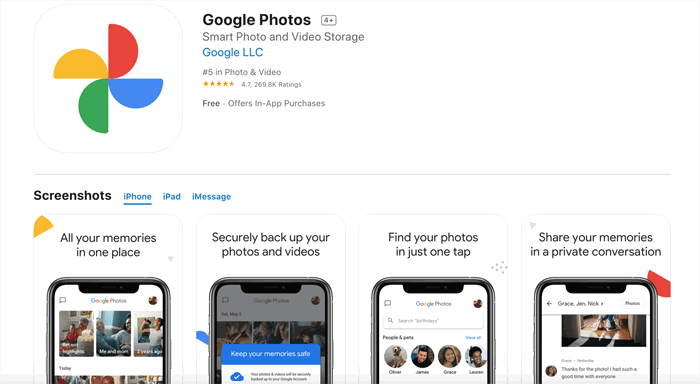
Conclusion
Your work is more than a collection of your ideas. Together, you're a brand and a personality.
With the curation, design, networking and sharing platforms these sites offer, you've got what you need to make your work stand out.
It takes more than just having a blog to make things happen. It will take time, effort and patience. But if you are consistent and submit photos regularly, you'll start to see things happen.
For all the best social media knowledge, check out our ebook – Social Success Strategies!




